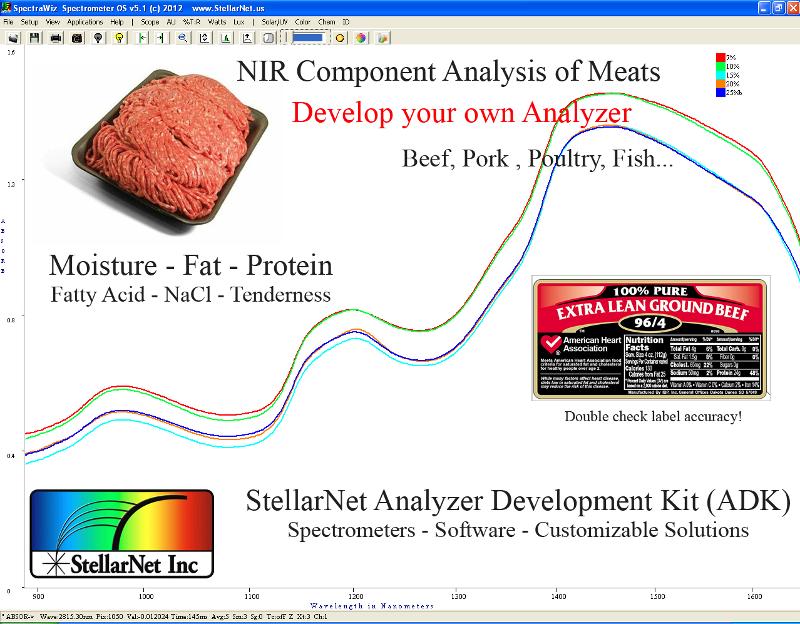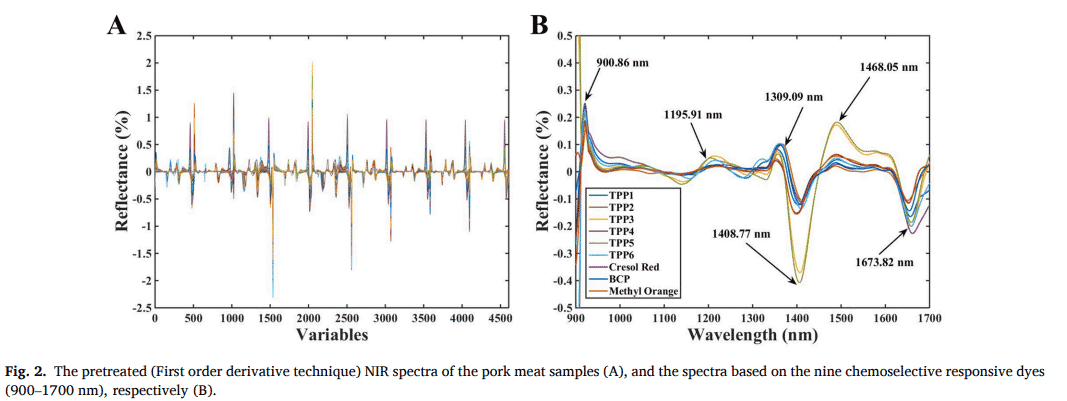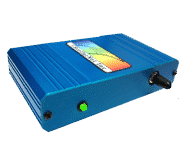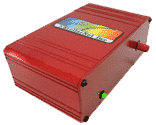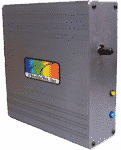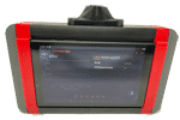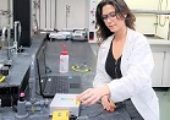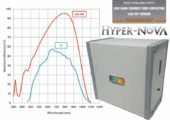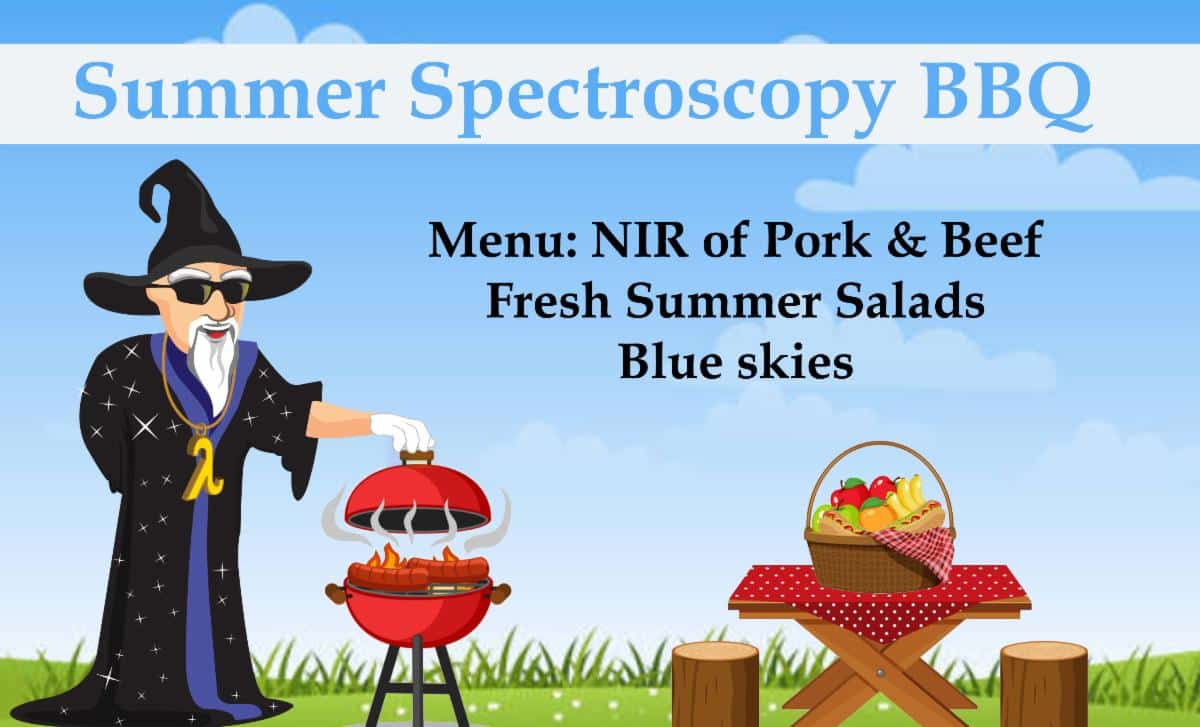
It’s summer, and like most people at this time of year, the SpectraWizard is excited about summer barbeques. In fact, he’s so excited that he’s hosting one and you are invited!
What is on the menu you may ask? How does fresh pork and beef sound? Don’t worry – if you aren’t a meat-eater he’s also made some fresh summer salads with fruit and veggies hand-picked using spectroscopy! Plus, the forecast is calling for clear blue skies! Let’s dig in and see what the SpectraWizard has prepared for our feast!
Meat Analyzers
StellarCASE-NIR & ChemWiz ADK
Any burger aficionado would know that the fat content in beef does matter when it comes to perfecting the best burger. While typical consumers may not need a near-infrared-based analyzer to measure the fat, protein, moisture, and ash content of commercially available beef, those in the meat processing and sorting industries rely on this kind of analysis to make sure the meats we get at the grocery store are of high quality. The StellarCASE-NIR and the ChemWiz-ADK make it easy for users of all backgrounds to reduce costs and improve quality by measuring these crucial parameters.
While the SpectraWizard is preparing our burgers with a special spice blend, he’s also making sure to keep the lean-to-fat ratio at 70% lean and 30% fat to ensure we have the juiciest burgers at the BBQ. To do so, he simply utilizes NIR spectroscopy to measure his meat mixture. Meat analysis is easy with StellarNet instrumentation! Go to NIR Meat Analyzer
Hot off the Grill!
While the SpectraWizard is perfecting his burger recipe, the StellarNet team caught wind of a new exciting customer application. Researchers at the School of Food and Biological Engineering in Jiangsu and Jimei used StellarNet NIR reflectance spectroscopy to measure and monitor the freshness of pork while in storage. The typical means of measuring the freshness of pork is sensory – meaning that there is a human element to it. Basing freshness on the senses of humans can lead to inaccuracy and inconsistencies. Instead, these researchers proposed and tested a low-cost spectroscopy-based alternative for measuring the quality and safety of pork products in a non-destructive way. Using NIRS and colorimetric sensor array (CSA) technology, the researchers created a PLS model for the prediction of TVB-N concentration in pork samples. TVB-N is total volatile basic nitrogen and is an indicator of the degradation of proteins. As the protein in meat degrades from improper storage or time in general, the TVB-N increases.
In conclusion – the researchers found that NIR spectroscopy combined with CSA and PLS models can help predict the freshness of pork without human senses. No need for your nose – let spectroscopy do the hard work! Read the app
Now that we know that our pork is fresh – what do we do with it? The SpectraWizard wants to share his special Dr. Pepper BBQ Sauce that would be perfect on a pulled pork sandwich or a burger topped with crispy onions and cheese.
The SpectraWizard’s Dr. Pepper BBQ Sauce
Dr. Pepper is a soft drink with a distinct and complex flavor. Marketing suggests that there are 23 different flavors that are used to create a unique taste. Some say that it is similar to cherry Coke but as the name suggests – there is a certain spiciness (not hot spicy) that Dr Pepper has that you can’t find in other soft drinks. The SpectraWizard likes to mix up this sauce for any BBQ he may be visiting!
Ingredients:
2 cups ketchup
1 1/2 cups Dr. Pepper
1/4 cup apple cider vinegar
1/4 cup brown sugar (packed)
1 tablespoon butter
2 teaspoons onion powder
2 teaspoons mild chili powder
1 teaspoon sweet paprika
salt and pepper to taste
Optional – few drops of liquid smoke

How to make it:
Gather and place all ingredients in a medium saucepan. Simmer on medium-low heat for 10-12 minutes while stirring often. Once the brown sugar has melted and all ingredients have been combined, remove from heat and allow to cool for about 15 minutes.
Have you eaten the rainbow today?
The SpectraWizard isn’t the only one who should be enjoying rainbows. One of the best ways to “eat the rainbow” as many nutritionists recommend is to fill your plate with a variety of colorful, flavorful, and nutrient-dense fruits and vegetables. Summer salads are an easy and delicious way to do that, and they make a great addition to any summer gathering.
What fruits and veggies does the SpectraWizard like to put in a summer salad? All of them! Since he lives here in sunny Florida one of his favorite additions is a mango straight from his mango tree. Other great additions to a summer salad could include pomegranate seeds, fresh berries, watermelon, apples, tomatoes, peppers, cucumbers, shallots, corn, carrots, herbs, and microgreens. As you know we love to make rainbows here at StellarNet, and we hope we have inspired you to make rainbows on your plate too! Here are some great articles from some of our customers on how they are using spectroscopy to analyze fruits and vegetables. Learn more!

